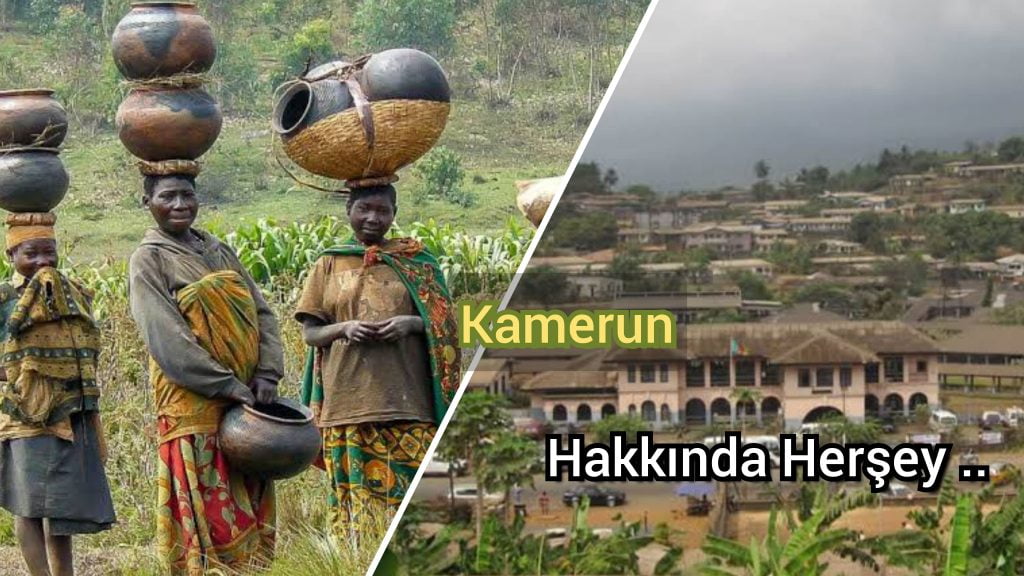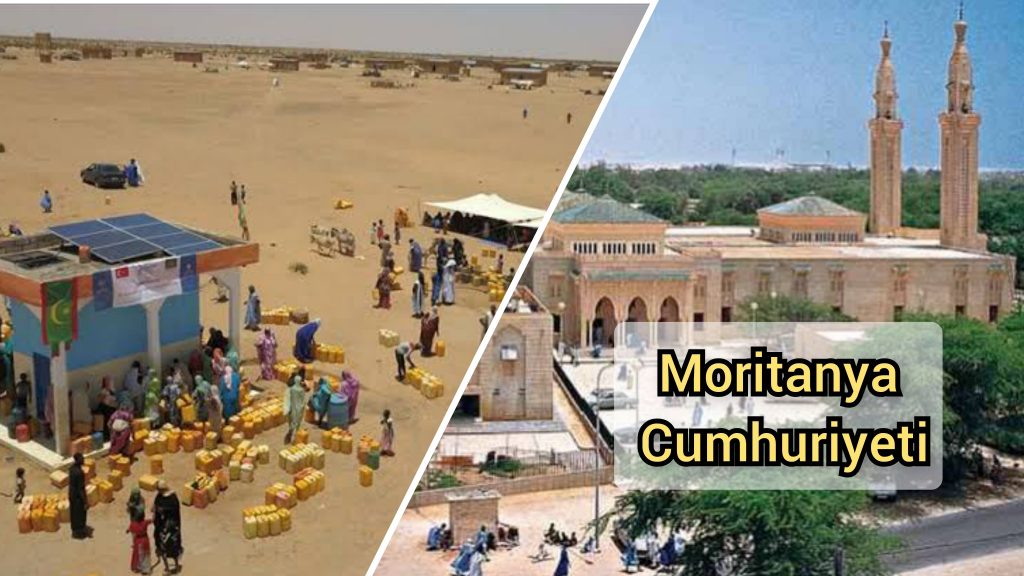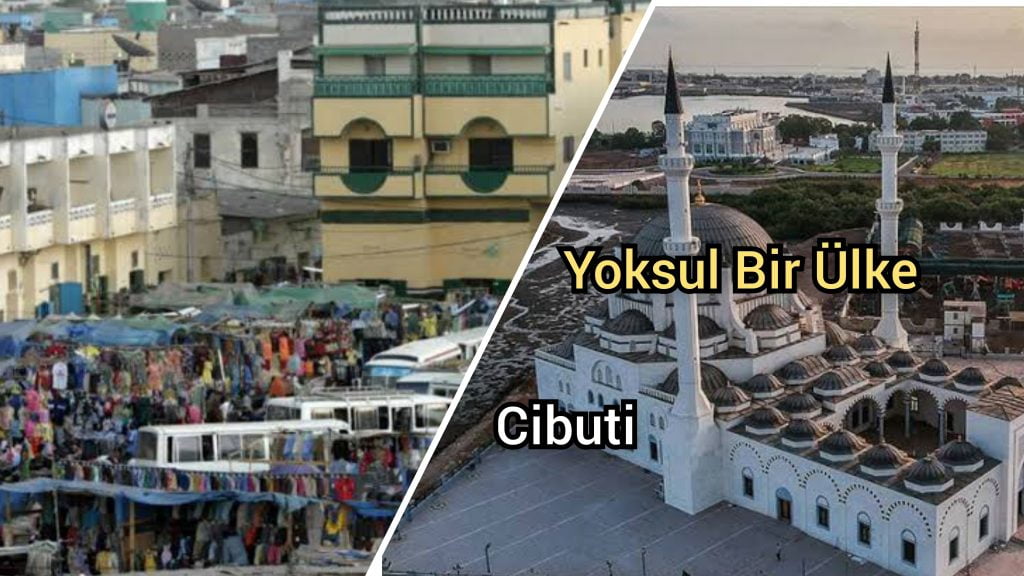Mantar Yetiştiriciliği Nasıl Yapılır? Devlet Desteği Ne Kadar?

Muhteşem tadı ile yemeklere enfes bir lezzet katan mantar, çok eski zamanlardan beri tüketilmektedir. ( Mantarları insanlık tarihinde ilk belgeleyen THEOPHRAST’tır (MÖ. 372 – 287). … Nitekim MS. 533 – 544 tarihleri arasında mantar Çin’ de tam anlamı ile tanınan bir bitki olmuş, ilaç ve büyü amaçlı kullanılmış, besin olarak pazarlarda satılmıştır).
•Mantar Yetiştiriciliğinin Avantajları Nelerdir?
√Mantar yetiştiriciliği için gerekli iklim koşulları, Türkiye’deki Akdeniz iklimine uygundur.
√Yatırım riski azdır.
√Büyük ekim alanı gerektirmez.
√Az işçilik gerektirir.
√Mantar çeşitliliği çoktur.
√Lüks tüketim ürünü olarak ihracatı yüksektir.
√Pazar alanı geniştir.
√Kolay pazarlanır.
√Az zamanda yüksek kazanç sağlanabilir.
√Mantar yetiştiriciliği zevkli ve sağlam bir iş koludur.
Mantar Yetiştiriciliğinin Dezavantajları
Mantar yetiştiriciliğinin avantajları olduğu gibi birde bazı dezavantajları vardır;
×Müşterilerin zehirlenme korkusu ile mantar almaya şüpheli ve tedirgin yaklaşması.
Türkiye’ de Hangi Mantar Türleri Yetiştirilir?
Türkiye’de en çok yetiştirilen mantar türleri: beyaz şapkalı kültür mantarı, istiridye mantarı ve trüf mantarı’dır. Mantar yetiştirme koşulları, yatırım maliyetleri ve pazar yerleri, mantar çeşidine göre farklılık göstermektedir.
Kültür Mantarı Yetiştiriciliği
 |
| Mantar yetiştiriciliği (beyaz şapkalı kültür mantarı) |
Kültür mantarı yetiştirme işine, misellerin kompost içerisine ekilmesi ile başlanır. Mantar miselleri bu kompostun içerisinde yetişir. Gelişim için sıcaklık 23-25 derece, nem ise %80-90 oranında olmalıdır.
Beyaz şapkalı kültür mantarının yatırım maliyetleri ve kar oranları büyük/küçük ölçekli işletmelere göre değişiklik gösterir. Lakin ortalama bir sonuç vermek gerekirse; 50.000 TL yatırım ile başladığınız beyaz şapkalı kültür mantarı üretimine yatırdığınız sermayeyi, 1 sene içerisinde amorti edebilirsiniz.(yatırmış olduğunuz 50.000 tl’yi geri kazanabilirsiniz).
Üretim arazisine bizzat sahip olmak, kira masraflarının olmamasını gösterir ki, bu çok avantajlı bir durumdur.
İstiridye Mantarı Yetiştiriciliği
 |
| Mantar yetiştiriciliği nasıl yapılır, istiridye mantarı |
Türkiye’de en çok üretimi yapılan bir diğer mantar türü ise, istiridye mantarıdır. Fazlası ile besleyici olan bu mantarın adı, benzediği şekilden gelmektedir. Kültür mantarından sonra en çok bilinen ve en çok tercih edilen mantar türü istiridye mantarı’dır…
İstiridye mantarı yetiştirirken kompost, ortam ısısı ve ortamın nemine dikkat edilmesi gerekmektedir. Kullanılacak olan kompostta yüzde 50 oranında kuru madde, yüzde 2-5 oranında ise istiridye mantarı miseli bulunması gerekir.
İstiridye mantarı yetiştiriciliği oldukça karlı bir iştir. 100 metrekarelik bir alana yapacağınız 10.000 TL’lik yatırım ile bir ay içerisinde 12.000-15.000 TL arası bir kazanç sağlayabilirsiniz. Yatırım masrafını ilk ayda amorti ettikten sonra, diğer aylar da daha rahat üretim yapabilir ve kâr elde etme oranınızı da çabanıza bağlı olarak arttırabilirsiniz.
 |
| Mantar yetiştiriciliği _ siyah mantar, Trüf mantarı |
Kârlı olan bir diğer yetiştiricilik türü ise, trüf mantarıdır. İçeriğindeki %53-76 su, %9 protein, %7 karbonhidrat ve %8 mineral ile besin değeri yüksek bir türdür. Trüf mantarı Dünya çapında ”kara elmas” olarak ta bilinmektedir …
Trüf mantarının doğada bir çok sayıda çeşidi olmasına rağmen, ticari amaç ile yetiştirilmekte olan 3 farklı çeşidi vardır. Bunlar;
Trüf mantarı bahçesinin tesis dönemi 3 yıl, proje ömrü de 45 yıl’dır. Trüf mantarı, yapılan yatırım’dan ancak 6 yıl sonra yatırımcıya kar getirmektedir.
Mantar Yetiştiriciliğinde Devlet Teşvik Yardımı Var mıdır?
 |
| Mantar yetiştiriciliği devlet desteği |
Mantar yetiştiriciliğine başlamayı düşünen insanlara, devlet tarafından verilmekte olan birçok teşvik yardımı vardır. Bu destekler ise aşağıda yer almaktadır;
Tarım ve Kırsal Kalkınmayı Destekleme Kurulu tarafından mantar üreticilerine %25 ile %65 oranında bir hibe ödemesi verilir. Hibe oranları esas yatırım giderleri üzerinden hesaplanmaktadır.
18 ile 40 yaş arasındaki girişimcilere, Genç Çiftçi projesi kapsamında destek ödemesi verilmektedir. Lakin bu destekler sadece kültür mantarı yetiştiriciliği için geçerlidir. Destek için verilen tutar ise 30 bin TL‘dir.
Makalemizi paylaşmayı ve duygularınızı emoji simgeleriyle ifade etmeyi unutmayın 🤗












.jpeg)
